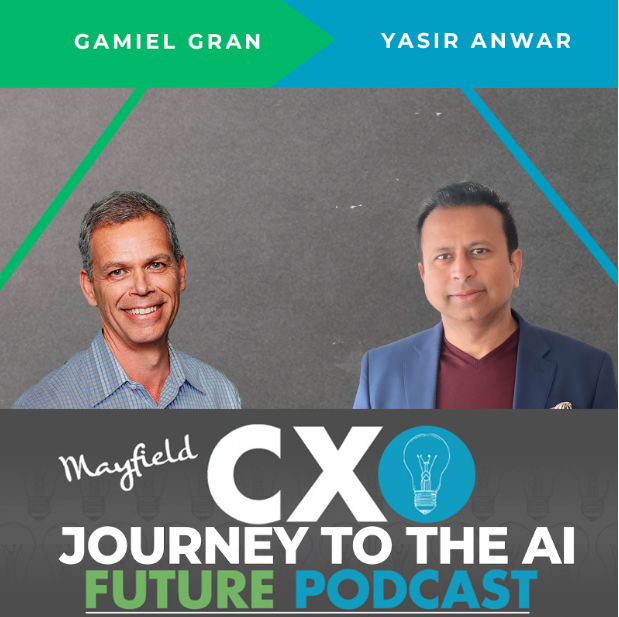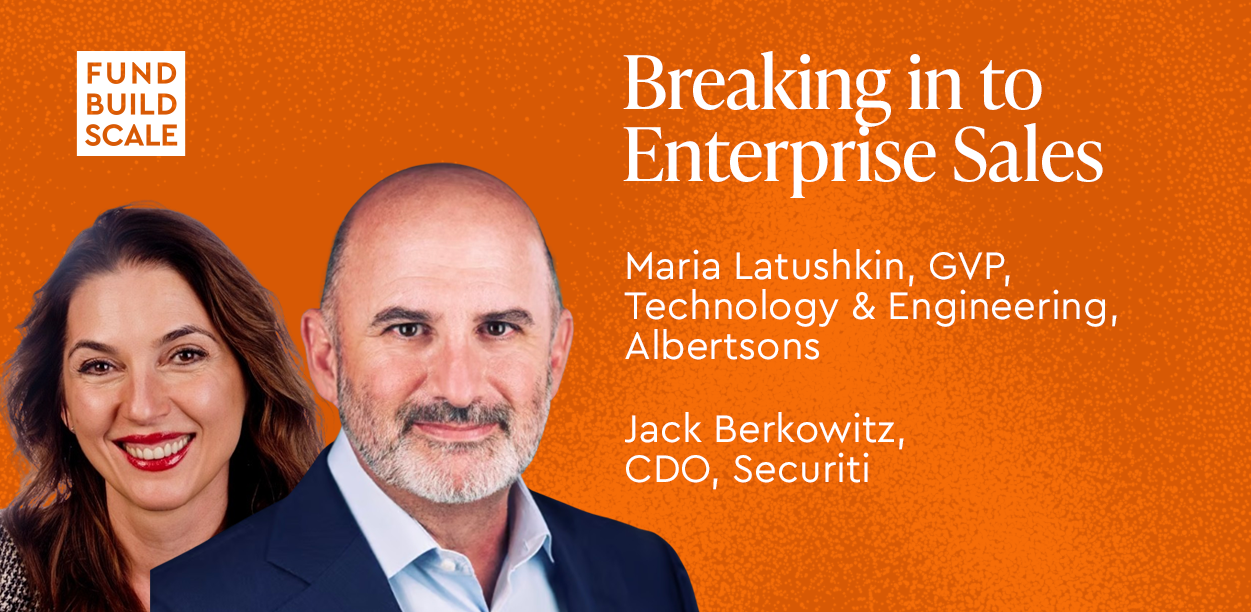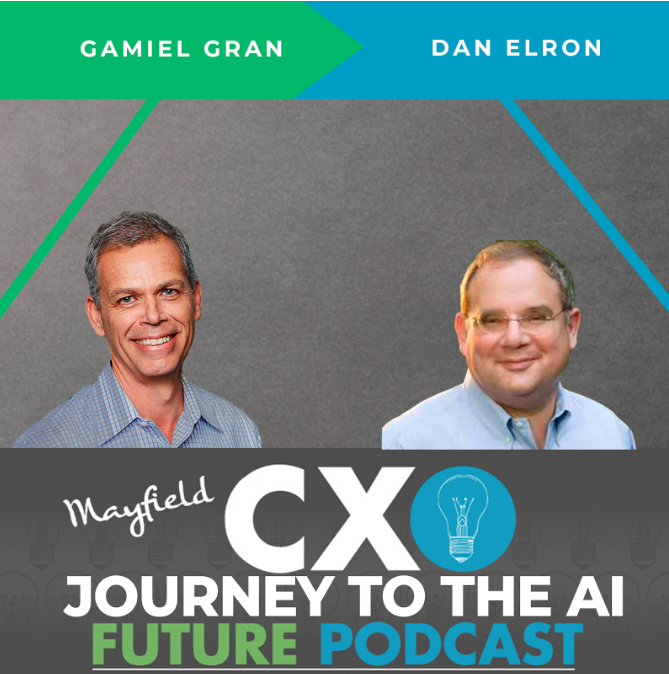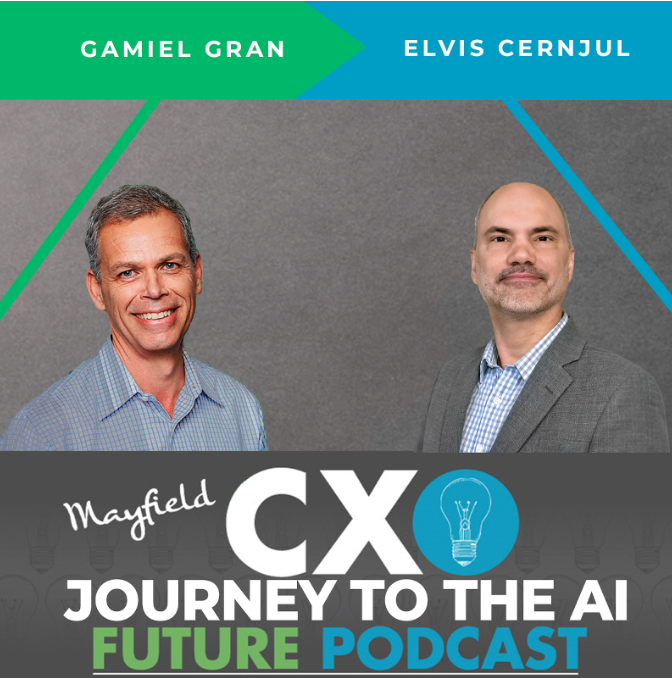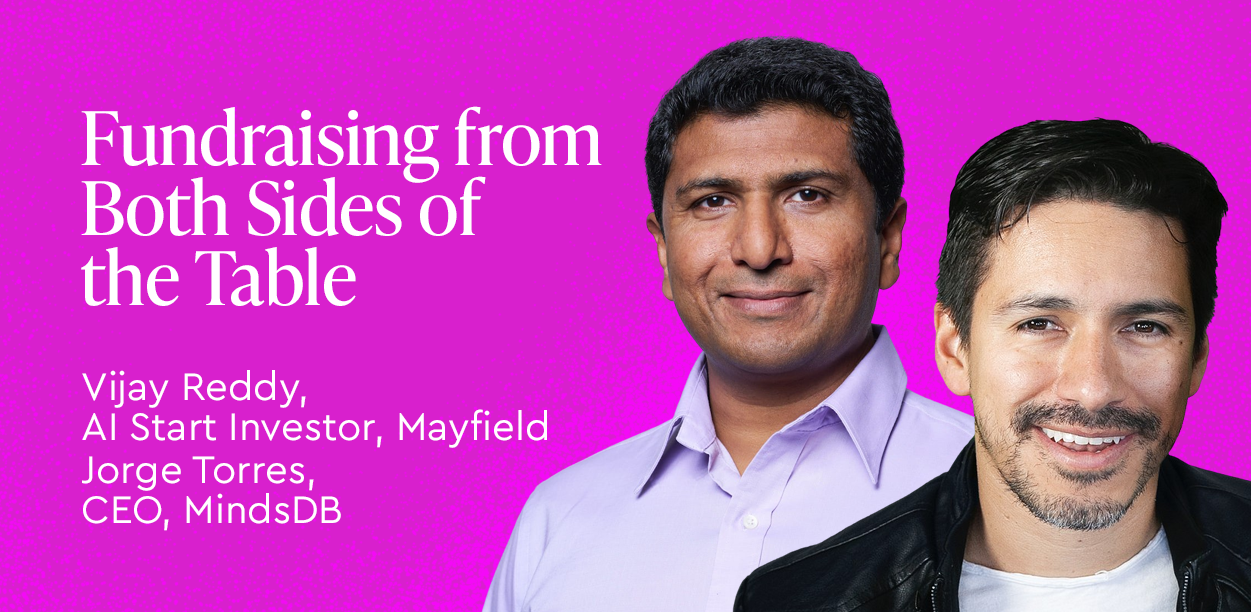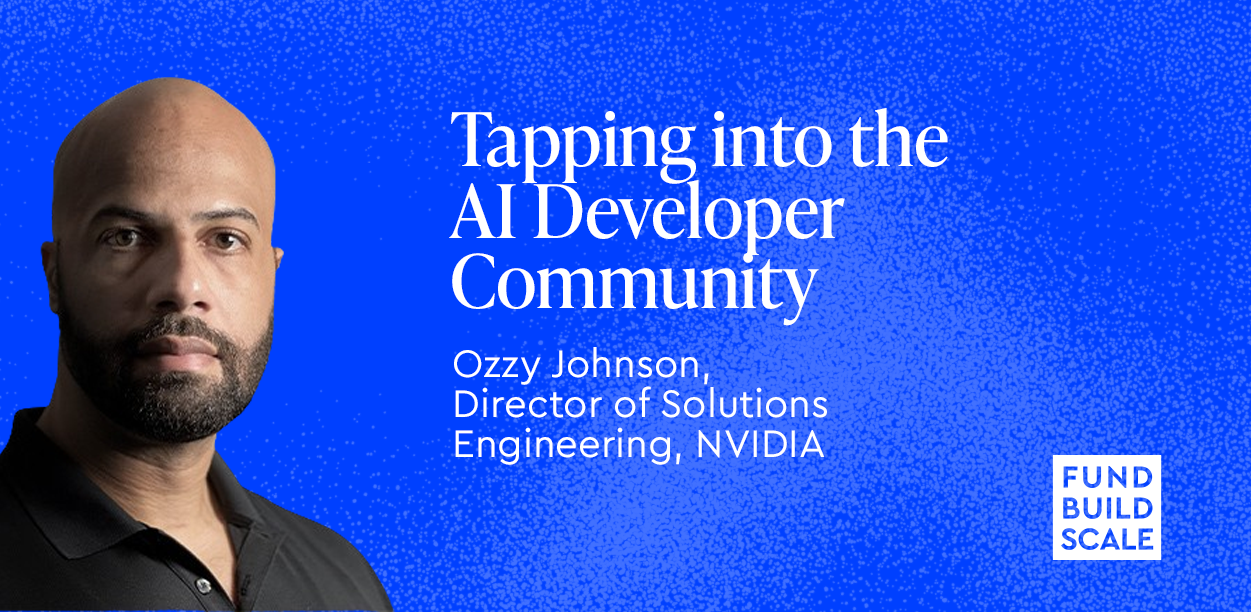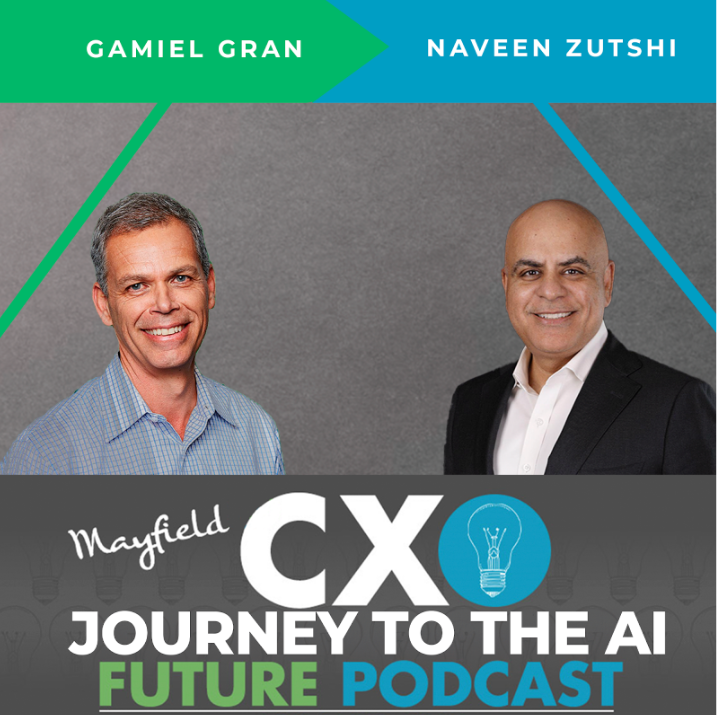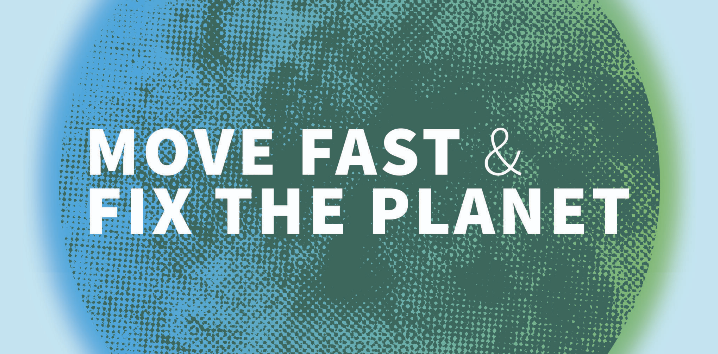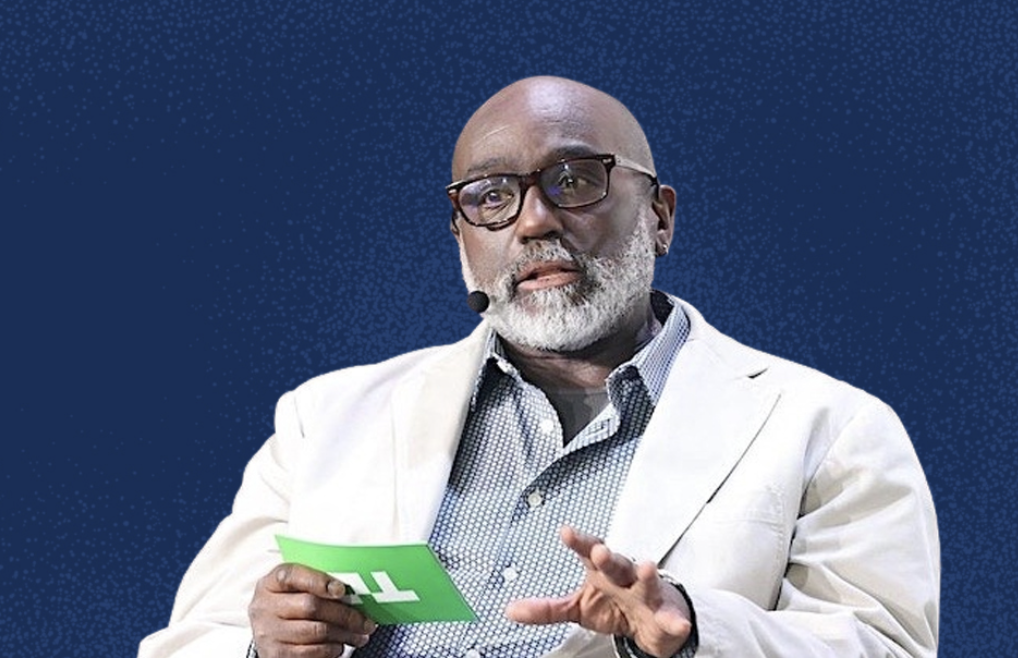There has been a massive shift in the way CXOs have been using innovation to adapt to changing business conditions. My guest today for today’s Mayfield CXO of the Future Podcast #36 is Stuart Evans, a Distinguished Service Professor at Carnegie Mellon Silicon Valley, where he teaches innovation & entrepreneurship. Stuart’s professional career in the Valley started in 1980, and spans across many areas of entrepreneurship and the tech ecosystem.
Stuart is also the Director of the CMU-Emirates iLab, a partnership between the Integrated Innovations Institute at CMU, and Emirates Airlines, for innovative education and research focused on the airline industry. In addition to his experience in academia and industry, Stuart has published widely on high-tech ventures. His latest book, Super-Flexibility for Knowledge Enterprises, puts forward a practical toolkit for dynamic adaptation in high-tech ecosystems.
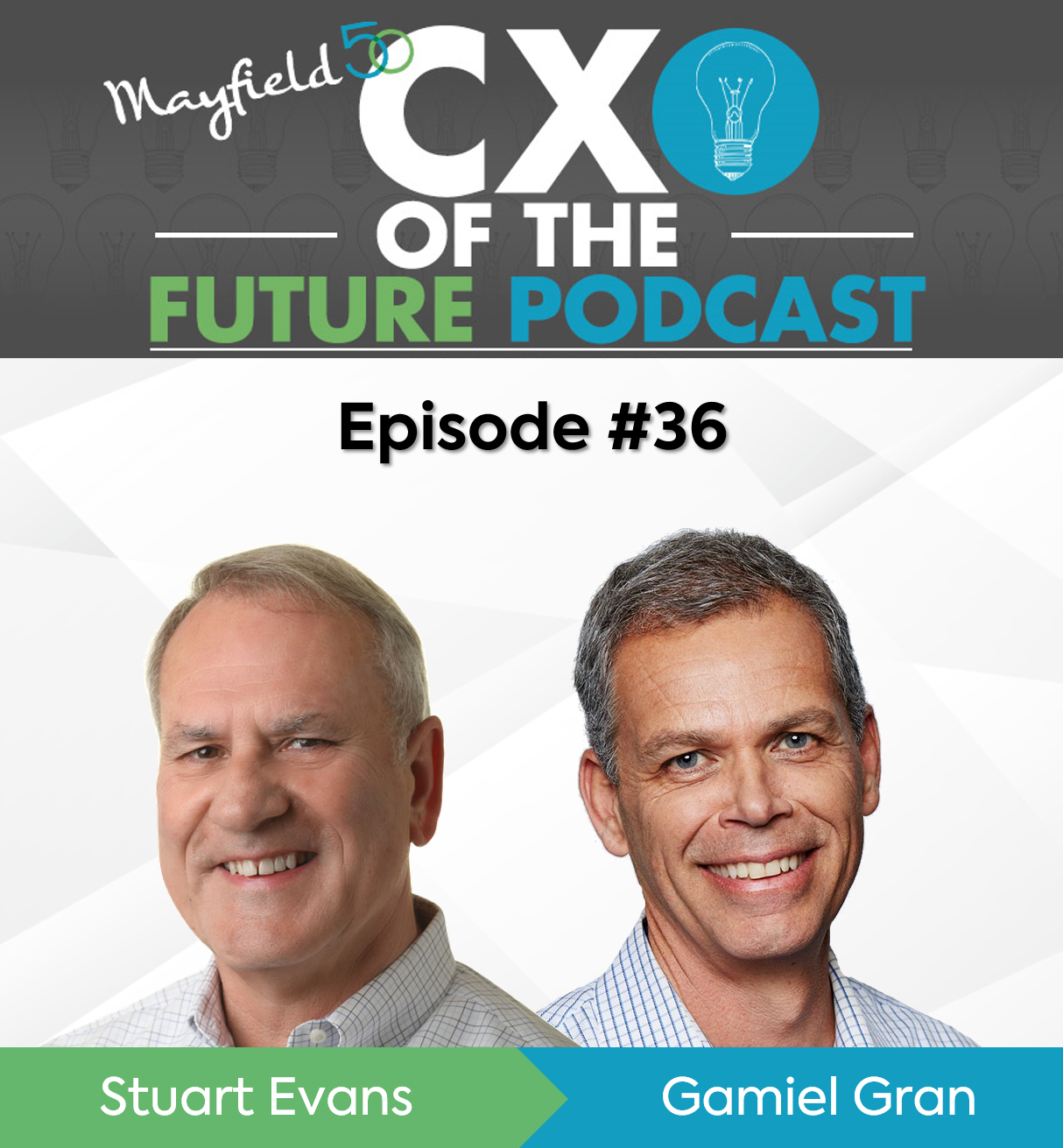
Listen to the podcast here:
Background
Stuart was born, raised and educated in Birmingham, England and started his career in operations research and decision analysis, where he applied mathematics to complex problems with computer analytics. He moved to the Bay Area in the ‘80s and has always had a strong passion for the dynamic innovation environment in Silicon Valley.
“It goes back to the underpinning of my research on strategic flexibility when I was a PhD student. Silicon Valley appealed to me because it was like David and Goliath syndrome with startups coming along and disrupting big players. It was really fascinating to watch this process unfold.
When you start to unpack the concept of adaptation, you can’t help but get fixated on the many changes that have come along such as diversity and inclusion, COVID and now the war in Ukraine. It’s hard for companies to plan 5 years out because you can’t anticipate where things are going five months from now. This notion is the basis of my research: Instead of trying to predict the future, we should configure ourselves for many possible futures and learn to switch gears in real time.”
Dynamic Adaptation and Super-Flexibility
When Stuart thinks about flexibility, he considers both the offense and the defense.
“We think of flexibility as a spectrum from robustness and resilience, on the one hand, where you’re trying to withstand the changes to maintain some cohesive state…to this notion of versatility or agility on the translational end of the spectrum where you want to evolve into something else.”
So Stuart believes that the key to dynamic adaptation and re-invention is to become ‘super-flexible,’ which is the ability to engage in a continuous balancing act:
- On the one hand, we need to withstand turbulence and create stable anchors
- On the other hand, we have to transform, innovate and adapt to new realities
It’s about having this dual capacity. We must be agile and nimble enough to grasp new opportunities, yet, at the same time, be strong enough to withstand volatility, stand our ground and absorb shocks, all while staying in motion. Entrepreneurial founders are excellent examples of deliberate adaptation in practice. They have clear visions, distinct core values, and unique points of view that don’t change; yet, they are willing to iterate, recalibrate and evolve their approach as new realities unfold.
Netflix is a great example. In an interview with Tim Haley, an early investor and Board member at Netflix, Reed Hastings said he named the company Netflix because he believed that ultimately content, digital content, would be delivered online. But in 1998, you could deliver five gigs of data on a DVD more efficiently than you could through the net. But the mail was always a platform to get to the next step. To get to where Netflix is today, Hastings had to strategize and re-strategize and look ahead of the curve to the next step—part of which he was creating, and part of which the world was changing. He was keeping his eye on the long-term vision of building a global media company while putting strategies in place that helped him get to that next level.
The adaptive DNA survey is a diagnostic tool that Homa Bahrami and Stuart developed in their research on the notion of super-flexibility. There are five types of adaptive DNA:
- Robustness: The ability to have clear intentions and vision for success, and a sense of what is “non-negotiable”
- Resilience: The ability to bounce back and recover from setbacks
- Hedging: The ability to plan ahead, hedge bets, and think through different contingencies and scenarios
- Agility: The ability to accelerate and move quickly to seize opportunities or side-step threats
- Versatility: The ability to wear different hats and switch gears depending on the context and the situation
Skill Sets for CIOs
The dilemma that today’s CIOs have is whether to concentrate on doing that limited job or broaden their scope and take on a more central role in the strategic direction of an organization.
Stuart thinks CIOs need to focus on strategic decision direction-setting for the enterprise. Many CIOs aren’t quite sure how to go from the traditional CIO role of keeping the lights on, to this new pathfinding role with technology.
“One of the leaders that does this well is Jay Vijayan, the founder and CEO of Tekion Corp. Jay is the former CIO at Tesla and always had this idea that if you lead from behind, you let your people actually do the work. And because they’re closest to where the problem is, they’re the people that understand what needs to be done.”
Driving Innovation
“In our last get-together we chatted with Patrick Naef who was CIO of Emirates Airlines. Patrick and I put together an innovation lab here in Silicon Valley and worked together for Emirates for five years. We did lots of interesting student projects that exposed the senior management team to what was going on in the valley.”
A couple of PhD students joined the CMU-Emirates iLab three or four years ago that were working on using machine learning in drones. The Emirates warehouse manager was in one of the classes and mentioned that he had nightmares about his folks looking for lost packages. In those days, air cargo used manual processes and automating those processes was critical. So, these students spent three weeks in a cargo warehouse and prototyped what became a system. They wanted to put together a startup because they felt that there was potential here for other airlines and other programs.
They tried to get it going inside of Emirates, which was a logical place to start, and Stuart and the team put together the business plan and investment thesis. But the team wasn’t able to get it justified against the ROI of what the existing costs were. This is a key problem with enterprise innovation right now. If you use the same metrics for comparing innovation with existing operations, oftentimes there’s a mismatch.
Stuart thinks that most innovations are really forced upon organizations. There’s a burning platform that has to have something to solve, or the way things get solved can be accidental—the way that Slack and Spotify came around was like that.
“Deliberate adaptation is hard. There has to be a way of accommodating how you run an organization effectively and efficiently with how you include new growth avenues with innovation. One of the things I see happening right now is that most large companies have ditched their research labs and what they tend to do is to work with a portfolio of startup companies and have the capability to put the foot down to the metal when something is working really well, but to experiment a lot on a quarterly basis.
Institutionalizing innovation is hard. And so oftentimes you find these concepts go on and on forever. They kill the startup. And they don’t do much benefit for large organizations because moving from an innovation lab to operations is harder than innovating itself to come up with solutions. You have to be familiar with the technology and the way it works and also understand the organization and how it works. It’s an organic being that has ways of doing things.
Smart CIOs understand that there are dynamics and politics in the organization that they need to understand to get stuff done. I think especially young CIOs should seek out people that have been in the organization a long time and try to understand the landscape because getting things done at the end of the day is what counts. It’s easy to initiate a project. It’s following on in the execution where the value lies. And that’s the hardest part.”
Guiding Startups
Stuart learns a lot from second and third time entrepreneurs that have been working with seasoned investors.
Companies have to come up with a good idea and do a lot of design thinking to get a better sense of the technology. Stuart tries to teach this process, which he calls lighthouse venturing. He came across it while working with Emirates on the service desk.
“We were working with a company called Banner Technology, which has since become Moveworks. They engaged with six CIOs to share data around where the common denominator of the problem was and to get a picture of different aspects of that. And so when it comes to that urgent need, I think that it’s not something that you can intuitively grasp. You need data, and you need the people that are actually doing the work to give you a sense of what that is. You’ve got to harness the thought partners that will help you shape that go-to-market with what you think is a Minimum Viable Product to scale it up. I also think that word of mouth is very important. CIOs here in Silicon Valley play that role very, very well. And maybe that’s something that CIOs in other parts of the world could tap into.”
The State of Education
“We were fortunate that our campus was already remote from the main campus in Pittsburgh and we’d made significant investments to make remote classes work. I was able to teach a class in three different locations–Australia, in Pittsburgh and Silicon Valley–simultaneously. We just recently went back to teaching in person. But I believe that for the team projects it was way better working on Zoom. I could move between breakout groups and the different teams easily.”
The academic world is driven from a business model of having people in-person in the facilities, but it may be time to start looking at models where the way people work is fundamentally different. CMU, for example, could have classes where executives from Emirates could come in as part of the process.
Stuart thinks that universities will ultimately need to change. Both India and China have developed their own excellent university systems and in order for the US to maintain our competitive advantage, we will have to look very carefully at providing courses that students really want and employers really need.
Takeaways
Going back to Stuart’s research with Homa Bahrami on Super-Flexibility: It’s really cross-pollination, accidents and serendipity that drive innovation. One of the key components of Silicon Valley is its openness and the ability of people to mix and share ideas. CIOs ought to be facilitating this cross pollination across different silos in the organization to get everyone more aligned. Managing a large organization is essentially about keeping everybody on the same page…and that page turns every day. How you get alignment to create that momentum is the fundamental key. CIOs are really the orchestrators for that.
About Stuart
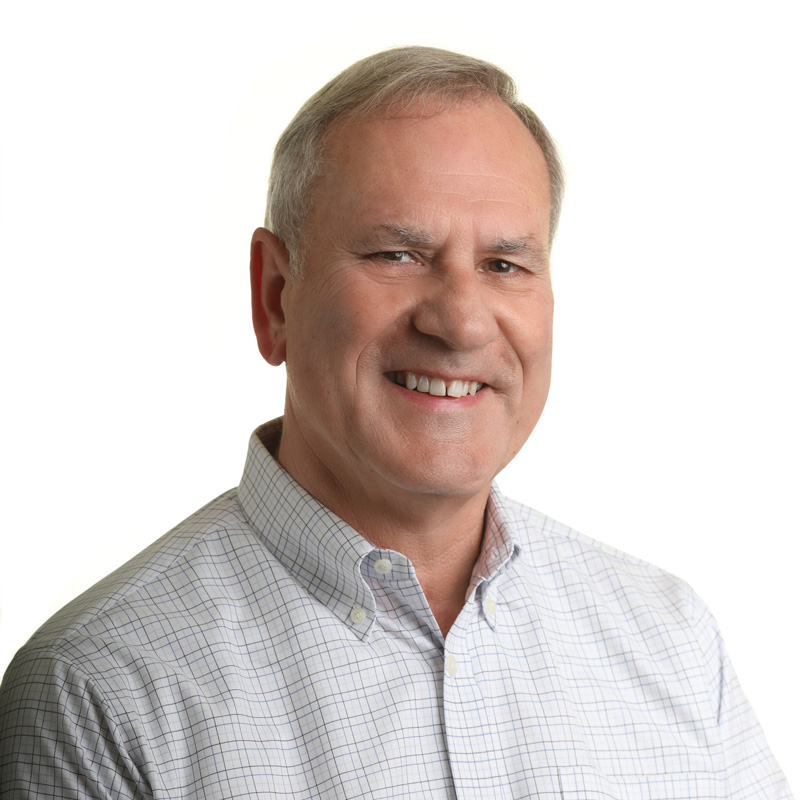
Dr. Stuart Evans is a board member, educator, author, and expert on dynamic high-tech ventures. As a Distinguished Service Professor, he shares his expertise by teaching related coursework for Integrated Innovation Institute degree programs in Silicon Valley: Software Management and Technology Ventures. Additionally, Stuart is the Director of the CMU-Emirates iLab, a partnership between III and Emirates Airlines for innovative education and research specialized for the airline industry.
Stuart’s professional career spans across many areas of entrepreneurship, featuring extensive experience within the tech ecosystem of Silicon Valley. He has conducted research for SRI International and Stanford Graduate School of Business; consulted with Bain and Company; worked in investing for Sand Hill Venture Group; and served as executive management for Shugart Corporation, a Xerox subsidiary. Prior to his time in Silicon Valley, he taught at Cambridge University’s Judge Business School.
In addition to his experience in academia and industry, Stuart has published widely on high-tech ventures. His latest book, Super-Flexibility for Knowledge Enterprises, puts forward a practical toolkit for dynamic adaptation in high-tech ecosystems. The book is based on over 28 years of collective field research and practical experience in Silicon Valley of both Stuart and his coauthor Homa Bahrami, a professor of the University of California at Berkeley’s Haas School of Business.


